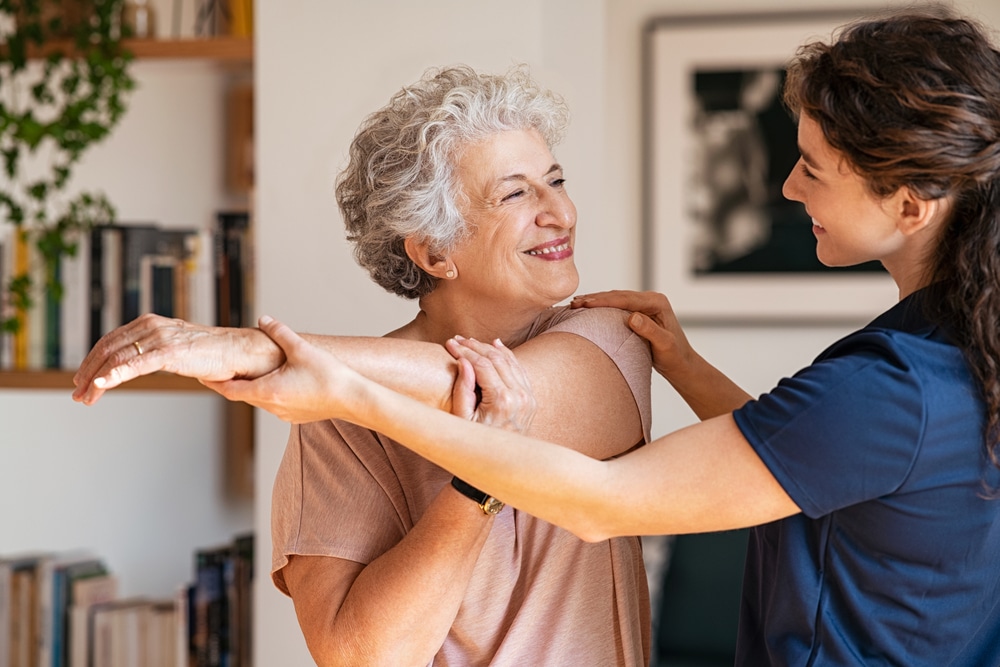Learn Common Athletic Injuries and Efficient Rehabilitation Plans for Athletes
Learn Common Athletic Injuries and Efficient Rehabilitation Plans for Athletes
Blog Article
Athletic traumas are frequent among sportspeople of every ages and proficiency levels. These traumas can occur in multiple types, including sprains, muscle injuries, breaks, and tendonitis. Understanding the kinds of injuries that can happen during sports events is essential for both prevention and care. Sprains, for instance, entail the stretching or rupturing of ligaments, which connect bones at a articulation. Muscle injuries, on the other hand, impact muscle tissues or tendons, which attach muscle tissues to bones. Identifying these traumas early can assist athletes obtain appropriate care and come back to their sport more rapidly.
One of the most commonly seen injuries in athletics is the ankle ligament injury. This trauma often occurs when an individual lands ungracefully or twists their foot during a game. Signs of an ankle ligament injury include discomfort, inflammation, and trouble moving. Immediate care typically involves the R.I.C.E. approach, which stands for Recovery, Ice, Compression, and Lifting. This method helps minimize swelling and discomfort. In more serious cases, rehabilitative treatment may be necessary to restore power and flexibility to the foot before going back to athletics.
Another common trauma is a muscle injury, which can happen in all sport that demands quick movements or intense lifting. Sportspeople may experience a muscular strain when they extend a muscle too much or when they apply too much effort. Symptoms include use this link sharp pain, inflammation, and muscle contractions. Rehabilitation for muscular strains often entails gentle flexibility exercises and strengthening exercises. Slowly increasing exercise levels is crucial to avoid recurrence. Athletes should collaborate closely with a rehabilitative therapist to develop a secure and effective recovery strategy.
Tendonitis is another trauma that can affect sportspeople, particularly those who engage in frequent movements, such as joggers or aquatic athletes. This condition occurs when a tendon, which links muscular tissue to skeletal structure, gets inflamed. Common locations involved by tendonitis include the elbow, upper arm, and leg. Signs often include pain and stiffness, especially during activity. Care for tendon inflammation usually includes rest, ice, and anti-inflammatory drugs. In certain situations, physical therapy may be recommended to enhance mobility and power in the affected area.
Avoiding athletic injuries is just as important as addressing them. Sportspeople can reduce their chance of trauma by warming up properly before events, using the appropriate gear, and maintaining good physical condition. Power conditioning and flexibility exercises can assist ready the body for the demands of athletics. Additionally, sportspeople should listen to their bodies and take breaks when necessary. By comprehending frequent sports traumas and applying efficient rehabilitation strategies, sportspeople can remain healthy and enjoy their beloved athletic activities for a long time to follow.